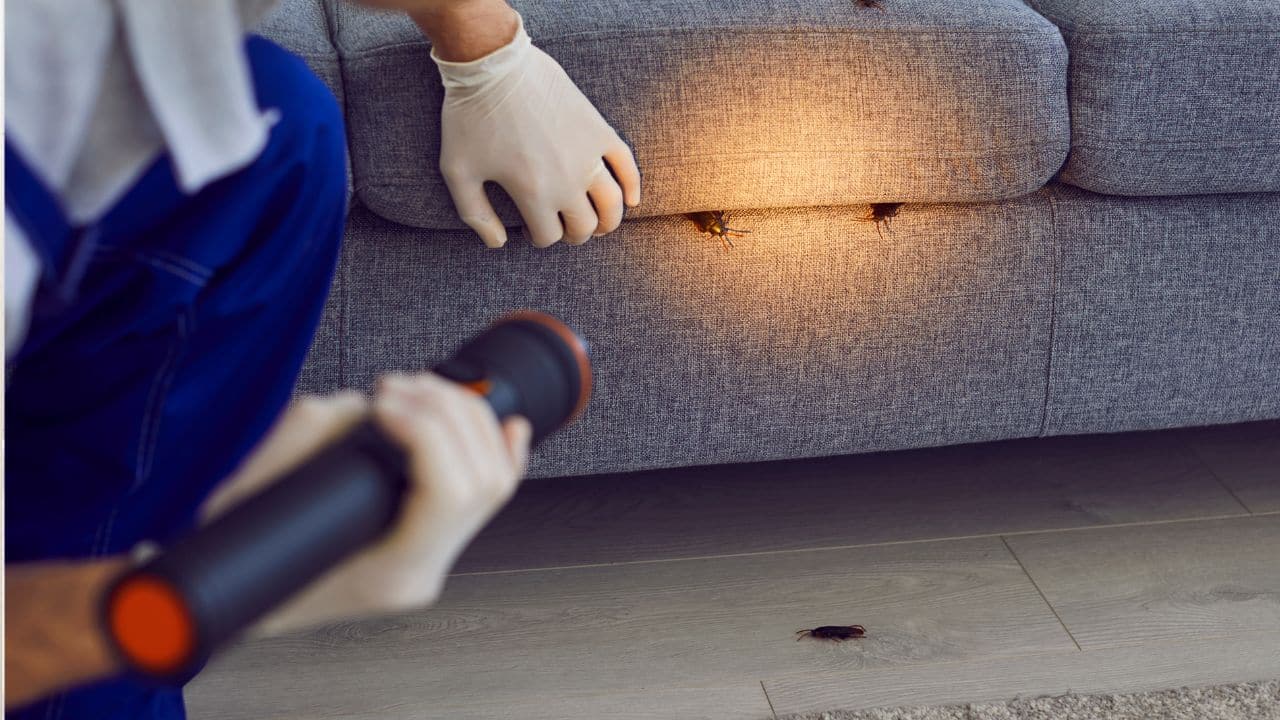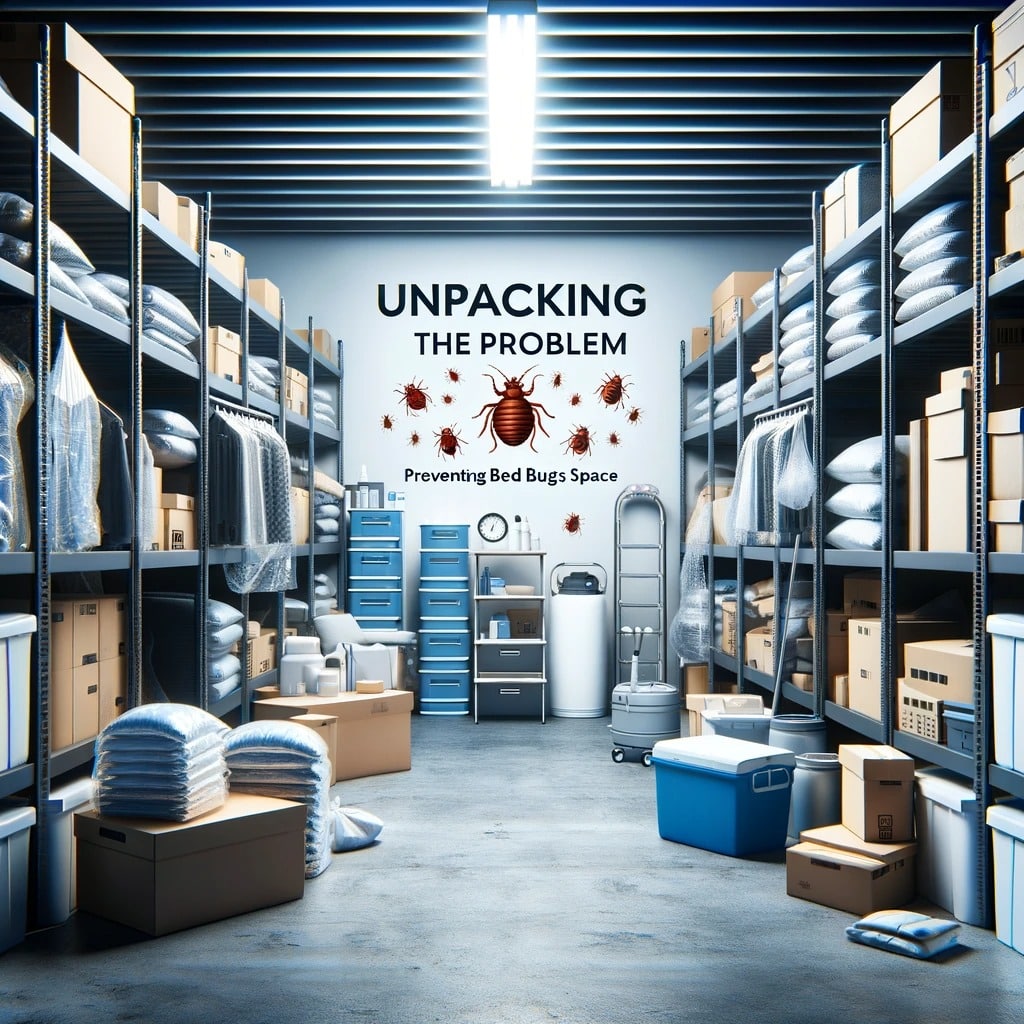Walk through any set of apartments, and it won’t take long before you hear someone talking about their personal trick for keeping pests away. A spray bottle under the sink, a jar of peppermint oil, or a pack of glue traps in the pantry—residents often believe these steps are enough to solve the problem. From a distance, it sounds resourceful. But when you look closer, especially from a property management perspective, a much bigger question comes up: can DIY pest prevention actually protect apartments, or does it only give the appearance of control while problems quietly spread?
Why DIY Solutions Attract So Much Attention
It’s not hard to understand why residents lean toward do-it-yourself approaches. The shelves at home improvement stores are filled with sprays, powders, and baits that promise immediate results. Social media posts offer simple “hacks” like vinegar for ants or dryer sheets for rodents. These options feel cheap, quick, and manageable compared to contacting a professional.
For residents, it also creates a sense of control. Nobody likes waiting when they spot a roach in the kitchen or a mouse running along the wall. Reaching for a product they can buy and use right away feels reassuring. For managers, there’s an appeal too—it may seem easier if a resident says, “Don’t worry, I’ve got it handled.” On the surface, it sounds like one less problem to manage.
But the reality is rarely that simple. DIY pest prevention often targets what people can see, not what’s actually happening behind the scenes. That’s where trouble starts.
Get to know the Termite Inspection Checklist to identify early signs of termite activity.
What Store-Bought Products Really Do
Most DIY products are designed for fast, surface-level results. A can of spray may kill the ants crawling across the counter, but it won’t do anything about the colony behind the walls or under the foundation. A sticky trap might catch a single mouse, but it doesn’t stop the rest from breeding inside hidden corners of the building.
Even so-called “natural” remedies are often unreliable. Spreading coffee grounds or cinnamon may slow ants for a few hours, but pests are persistent—they’ll simply find another route inside. Once rodents, cockroaches, or ants know a property offers shelter and food, they won’t stop trying to get in.
The big issue is that these products don’t eliminate the root cause. At best, they provide temporary relief. At worst, they cover up an expanding infestation until it becomes obvious enough to cause serious disruption across multiple apartments.
How Small Problems Become Community-Wide Issues
In a single-family home, a pest issue usually stays in one place. But apartments share walls, plumbing, vents, and common areas. That means when one resident has a problem, the risk of it spreading is much higher.
Take cockroaches as an example. They can move between kitchens and bathrooms through tiny gaps around pipes. A resident may spray the ones they see, but meanwhile, roaches spread through adjoining units without anyone noticing. By the time the problem is visible in multiple homes, it’s much more expensive and disruptive to solve.
Rodents are just as tricky. A resident might catch one mouse in a trap, but mice rarely travel alone. If there’s food and shelter, they’ll find ways into wall cavities, storage areas, and trash rooms. Soon, they’re not just in one apartment but throughout the building.
DIY fixes can actually delay proper treatment. Residents may think they’ve solved the issue and fail to report it, giving pests more time to multiply. For managers, that delay can mean the difference between a quick, affordable solution and a large-scale infestation that strains budgets and damages the community’s reputation.
The Role Residents Should Play in Prevention
None of this means residents should do nothing. In fact, their daily habits play an important role in pest control. Keeping food sealed, wiping down counters, taking out trash regularly, and avoiding clutter all help reduce the conditions pests look for. Simple maintenance steps like sealing visible cracks or gaps around windows can also help slow down new entry points.
However, even the cleanest and most careful resident can still experience pest problems. That’s because infestations don’t always start in a single unit—they often begin in shared spaces like laundry rooms, storage areas, or dumpsters before spreading into apartments. One resident’s good habits don’t prevent pests from entering through another resident’s poor ones.
This is why resident-driven prevention, while useful, should be seen as one part of the bigger picture rather than the entire strategy.
What Property Managers Need to Keep in Mind
For property managers, pest prevention isn’t just about solving problems when they arise—it’s about keeping those problems from spreading in the first place. This requires a consistent, professional system that goes beyond what DIY can offer.
Routine inspections, targeted treatments in high-risk areas, and a plan for quick response when pests are reported are all key pieces of that system. Residents may be able to handle a small issue in their own unit temporarily, but only property-wide oversight ensures pests don’t move unchecked from one home to another.
Without that oversight, managers run the risk of repeated complaints, higher treatment costs, and growing frustration among residents. Even worse, a reputation for pests can spread quickly, hurting future leasing and renewal rates.
Where DIY and Professional Services Fit Together
The truth is, it’s not a matter of choosing between DIY and professional services—they can work together. Residents should be encouraged to maintain clean homes and report issues quickly, while management ensures professional services are available to address problems thoroughly.
This partnership works best when there’s a clear and reliable system in place. Residents know they don’t have to rely on guesswork or trial-and-error methods. Managers know problems won’t get ignored or covered up with temporary fixes.
Services like Pest Share make this balance possible. Instead of leaving residents to fend for themselves with store-bought sprays, the service allows them to report pest sightings quickly and ensures professional treatments are scheduled without delays. It bridges the gap between resident responsibility and professional coverage, giving both sides confidence that pest issues are handled correctly before they grow out of control.
Why Long-Term Prevention Matters Most
At the end of the day, the real goal isn’t just eliminating pests when they appear—it’s creating an environment where pests don’t thrive in the first place. This is where professional oversight makes the difference. Preventative treatments, monitoring, and ongoing support create a shield that DIY simply cannot match.
DIY pest prevention will always have its place. It gives residents peace of mind in the short term, and it can reduce some immediate problems. But as a standalone solution, it’s never enough for apartments. The shared nature of these communities means one person’s DIY efforts can’t stop pests from spreading through hallways, plumbing systems, or utility spaces.
For managers, taking the lead with a reliable pest prevention program is not just about solving pest problems—it’s about protecting the entire community. It saves money by reducing large-scale infestations, it strengthens resident satisfaction, and it preserves the reputation of the apartments.
DIY should be seen as a supportive effort, but the foundation must always come from professional systems. That’s the only way to keep pests from turning into costly, recurring issues and to ensure residents feel comfortable and cared for in their homes.





